- Congress Information
- Program
- Abstract & Lecture Syllabus Submission
- Registration
- Awards & Events
- Sponsorship & Technical Exhibition
- Travel Information
Reservation Flow
-
01Choose a travel option
that fits your criteria. -
02Click the button below
to download the
reservation form. -
03Fill out the reservation
form and send it directly
to the travel agency. -
04Receive the confirmation
letter from the
travel agency.
Contacts
For any questions related to the tour program, please contact the following:
- VIP TRAVEL CO., LTD.
-
- Tel. 82 -2-739-3501~2
- Mobile. 82-10-9809-3501
- Fax. 82-2-6731-3500
- E-mail. vip@vviptravel.com
101-#3702, Lotte Castle President, Mapodaero 109, Mapo-Gu, Seoul, Korea
Tour Program Overview
| Tour | Time | Itinerary | Price (Per Person) |
Inclusions (Remarks) |
|---|---|---|---|---|
| Seoul City Option-1 |
08:00-12:30 | Pick up from Coex - Jogyesa Buddhist Temple - Changing of the Guard Ceremony - Gyeongbok Palace - Pass by Presidential Blue House - Ginseng Center - Drop off at City Hall or Myeongdong Area | ₩ 50,000+ | * English Speaking Tour Guide * Transportation * Entrance Fee * Inquires minimum 2 people to start the tour |
| Seoul City Option-2 |
12:00-17:00 | Pick up from Coex - Jogyesa Buddhist Temple - Changing of the Guard Ceremony - Gyeongbok Palace - Pass by Presidential Blue House - Ginseng Center - Drop off at City Hall or Myeongdong Area | ₩ 50,000+ | * English Speaking Tour Guide * Transportation * Entrance Fee * Inquires minimum 2 people to start the tour |
| Seoul City Option-3 |
09:00-13:00 | Pick up from Coex - Changdeok Palace - Bukchon Hanok Village - Insadong Arts & Crafts Market - Drop off at City Hall or Myeongdong Area | ₩ 50,000+ | * English Speaking Tour Guide * Transportation * Entrance Fee * Inquires minimum 20 people to start the tour |
| Seoul City Option-4 |
09:00-13:00 | Pick up from Coex - War Memorial Museum - N Seoul Tower (including round trip cable car) - Gwangjang Market - Drop off at City Hall or Myeongdong Area | ₩ 65,000+ | * English Speaking Tour Guide * Transportation * Entrance Fee * Inquires minimum 20 people to start the tour |
| Korean Folk Village | 09:00-13:00 | Pick up from Coex - Korean Folk Village (Traditional Performance, Traditional House, Market) - Drop off at City Hall or Myeongdong Area | ₩ 80,000+ | * English Speaking Tour Guide * Transportation * Entrance Fee * Inquires minimum 20 people to start the tour |
| DMZ | 07:00-14:30 | Pick up from Coex - Imjingak Park - The Bridge of Freedom - The 3rd Infiltration Tunnel - DMZ Theater & Exhibition Hall - Dora Observatory - Pass by the Unification Village - Drop off at City Hall Area | ₩ 70,000+ | * English Speaking Tour Guide * Transportation * Entrance Fee * Inquires minimum 1 person to start the tour * Passport is needed on the tour * No special dress code |
- Note
-
- When paying in advance with Korean currency, VAT will be charged separately.
- This is the group tour joining with other groups of people.
- Minimum numbers of people must be reserved to proceed the tour.
- Passport is needed on the DMZ Tour.
- There aren't any special dress code for DMZ Tour.
- Cancellation Policy
- 50% cancellation charge if you cancel the reservation 3 days before the tour day.
- 100% cancellation charge if you cancel the reservation 2 days before ~ on the tour day.
ITINERARY
- Pick up from Coex – Jogyesa Buddhist Temple – Changing of the Guard Ceremony - Gyeongbok Palace – Pass by Presidential Blue House (photo time) – Ginseng Center – Drop off at City Hall or Myeongdong area
NOTE
- Inquires minimum 2 people to start the tour
- This is the group tour joining with other groups of people
-
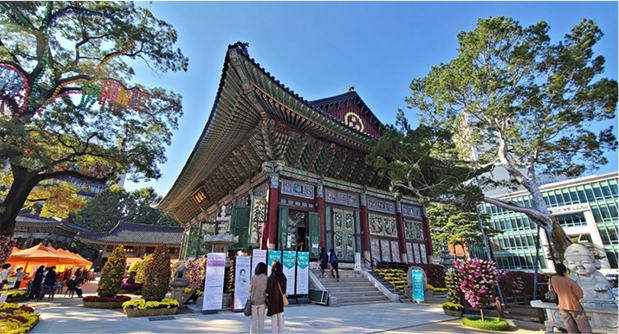
Jogyesa Buddhist Temple
Jogyesa Buddhist Temple is the center of Zen Buddhism in Korea, and is famous for being located in the city. From the busy streets of Jongno, follow the road towards Anguk Subway Station, and you will see Jogyesa Temple. The first things you will notice at the temple are the lovely trees. These locust trees and baeksong trees in front of the Daeungjeon, the main temple building, are about 500 years old. -
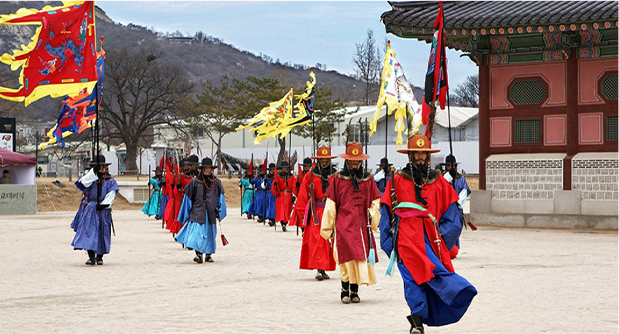
Changing of the Guard Ceremony
Everyday visitors to Gyeongbok palace can watch a reenactment of the “Changing of the Royal Guards” ceremony, which takes place at the Gwanghwamun and Heungnyemun plazas. The royal guards of the Joseon Dynasty (1392~1910) were in charge of protecting the gates of the capital city and the royal palace. -
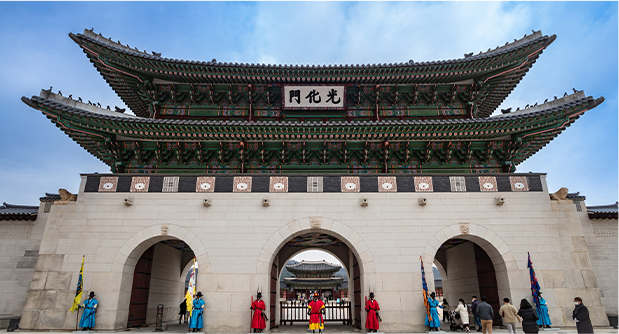
Gyeongbok Palace
Built in 1395, Gyeongbok Palace is also commonly referred to as the “Northern Palace” because it is located more toward the north, compared to the neighboring palaces of Changdeok (Eastern Palace) and Gyeonghee (Western Palace). Gyeongbok Palace is arguably the most beautiful and remains the grandest of all the five palaces. -
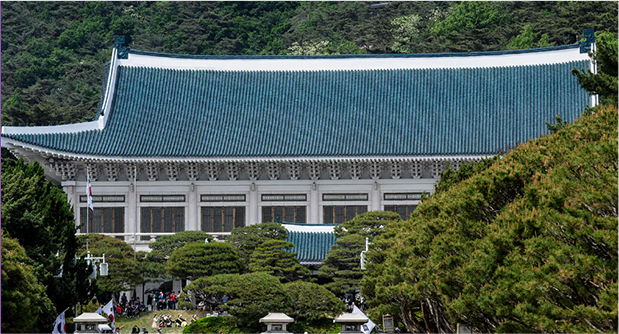
Presidential Blue House
The symbol of Cheongwadae (known to westerners as the Blue House or the presidential residence), is the blue tiles. The first thing that catches your eyes when you arrive at Cheongwadae is the blue tiles of the main building. The blue tiles and the smooth roof are in beautiful harmony with Mt. Bugaksan behind it. As the Blue House represents Korea, the blue tiles and the smooth curve of the roof represents the beauty of Korea.
ITINERARY
- Pick up from Coex – Jogyesa Buddhist Temple – Changing of the Guard Ceremony - Gyeongbok Palace – Pass by Presidential Blue House (photo time) – Ginseng Center – Drop off at City Hall or Myeongdong area
NOTE
- Inquires minimum 2 people to start the tour
- This is the group tour joining with other groups of people
-

Jogyesa Buddhist Temple
Jogyesa Buddhist Temple is the center of Zen Buddhism in Korea, and is famous for being located in the city. From the busy streets of Jongno, follow the road towards Anguk Subway Station, and you will see Jogyesa Temple. The first things you will notice at the temple are the lovely trees. These locust trees and baeksong trees in front of the Daeungjeon, the main temple building, are about 500 years old. -

Changing of the Guard Ceremony
Everyday visitors to Gyeongbok palace can watch a reenactment of the “Changing of the Royal Guards” ceremony, which takes place at the Gwanghwamun and Heungnyemun plazas. The royal guards of the Joseon Dynasty (1392~1910) were in charge of protecting the gates of the capital city and the royal palace. -

Gyeongbok Palace
Built in 1395, Gyeongbok Palace is also commonly referred to as the “Northern Palace” because it is located more toward the north, compared to the neighboring palaces of Changdeok (Eastern Palace) and Gyeonghee (Western Palace). Gyeongbok Palace is arguably the most beautiful and remains the grandest of all the five palaces. -

Presidential Blue House
The symbol of Cheongwadae (known to westerners as the Blue House or the presidential residence), is the blue tiles. The first thing that catches your eyes when you arrive at Cheongwadae is the blue tiles of the main building. The blue tiles and the smooth roof are in beautiful harmony with Mt. Bugaksan behind it. As the Blue House represents Korea, the blue tiles and the smooth curve of the roof represents the beauty of Korea.
ITINERARY
- Pick up from Coex - Changdeok Palace - Bukchon Hanok Village - Insadong Arts & Crafts Market - Drop off at City Hall or Myeongdong Area
NOTE
- Inquires minimum 20 people to start the tour
- This is the private tour only for AFSUMB 2024 participants
-
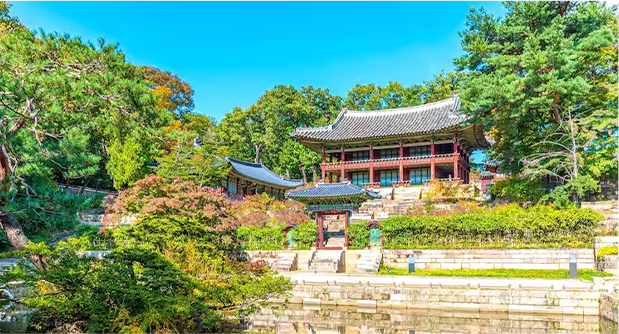
Changdeok Palace
Changdeok Palace is the second royal villa built after Gyeongbok Palace in 1405. Changdeok was the principal palace for many of the Joseon kings, and is the best preserved among the five remaining royal Joseon palaces. The rear garden that was used as a place of rest by the kings boasts a gigantic tree that is over 300 years old, a small pond, and a pavilion. The palace grounds are comprised of a public palace area, a royal family residence building, and the rear garden. -
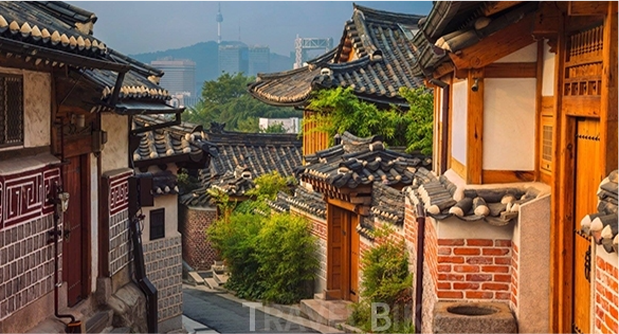
Bukchon Hanok Village
Bukchon Hanok Village was once a village of aristocrats long ago, and its luxury tile-roofed houses called giwas have been preserved since the Joseon Dynasty. Located in the middle of Gyeongbok Palace, Changdeok Palace, and Jongmyo, Bukchon Hanok Village boasts 600 years of history in the region. The preserved village sits between two large palaces in the traditional hanok regions where the eggplant-shaped streets show the 600-year-old beauty of the city. Now, the village operates as a place where visitors come to experience the ambiance of the Joseon Dynasty, offering a cultural center and hanok-style restaurants. -
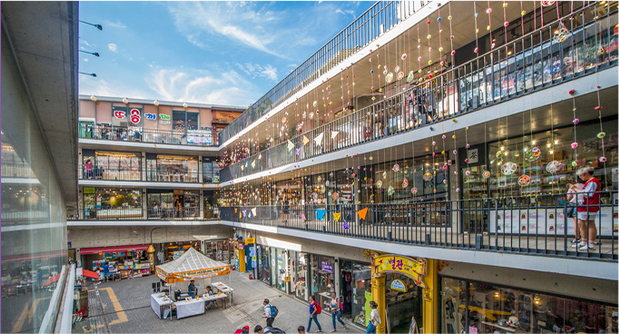
Insadong Arts & Crafts Market
Insadong has been at the heart of nation’s capital for 600 years and it has been the center of culture during the Chosun Dynasty (1392 1910). This is where the Ministry of Art was once situated. Insadong usually refers to the area from Anguk-dong Rotary to Tapgol Park in Jongro 2(i)-ga, past the Insadong Intersection. The notable features of Insadong are the countless alleys that branching out from the main street. Insadong has become known as ‘Merry’s Area,’ a favorite shopping spot among foreigners.
ITINERARY
- Pick up from Coex - Changdeok Palace - Bukchon Hanok Village - Insadong Arts & Crafts Market - Drop off at City Hall or Myeongdong Area
NOTE
- Inquires minimum 20 people to start the tour
- This is the private tour only for AFSUMB 2024 participants
-
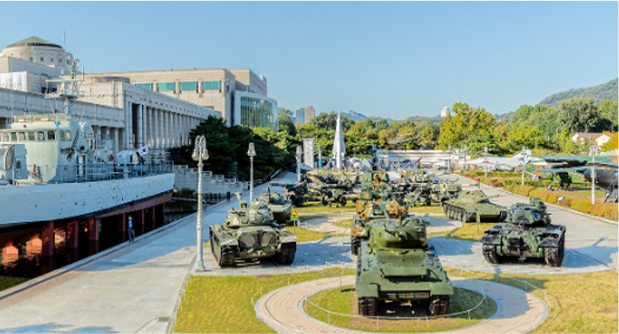
War Memorial Museum
The War Memorial of Korea, located in Yongsan-gu, Seoul, exhibits and preserves materials related to the Korean War and serves as a national moral educational venue. It was established on June 10, 1994 by the War Memorial Service Korea Society to commemorate the noble sacrifice of patriotic martyrs. The museum houses approximately 33,000 artifacts with about 10,000 on display at indoor and outdoor exhibitions. -
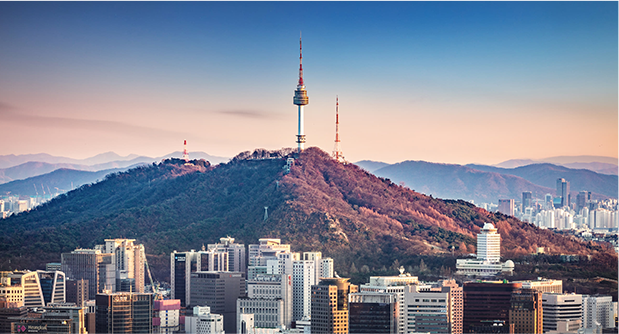
N Seoul Tower
Opened to the public on October 15, 1980, Seoul Tower has been designated as a major tourist attraction where the beautiful panoramic view of Seoul can be seen. The 236.7 meter-high Seoul Tower built on the 243m Mt. Namsan has been known as the best tower in Asia. After 30 years of devoted support from tourists, it was remodeled on December 9, 2005 with a magnificent new look. The letter N signifies a 'new' look, and a total construction cost of 15 billion won was invested in to giving Seoul Tower its new look. With the construction of the new lighting system, the appearance, color and pattern of the tower brings change to each season or event. -
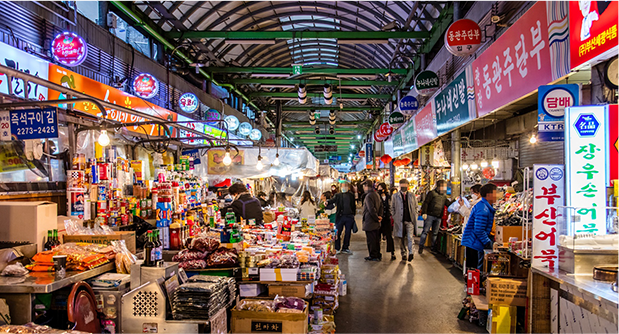
Gwangjang Market
Located in the Jongno 5-ga neighborhood in Seoul, Gwangjang Market was the nation’s first permanent traditional market. Established in 1905, the market today is home to more than 5,000 stores selling fabric, bedding, handmade crafts, ibaji food, and hanbok. Many of Gwangjang’s stores and alleys have remained unchanged from the way they were in the past. It is not uncommon to find noodle restaurants and hanbok stores that have been in business for as long as three generations.
ITINERARY
- Pick up from Coex - War Memorial Museum - N Seoul Tower (including round trip cable car) - Gwangjang Market - Drop off at City Hall or Myeongdong Area
NOTE
- Inquires minimum 20 people to start the tour
- This is the private tour only for AFSUMB 2024 participants
-
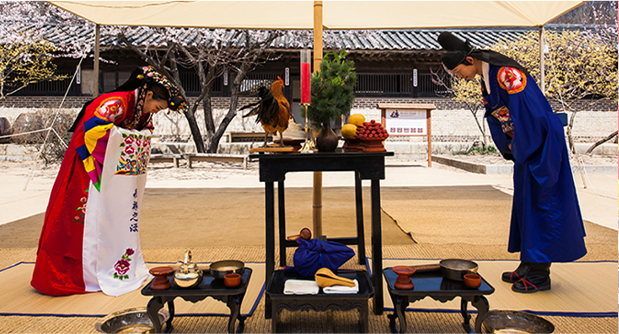
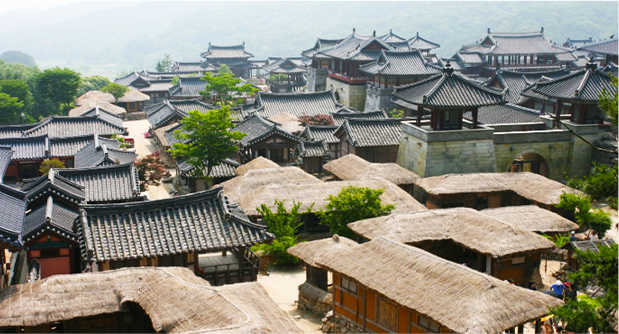
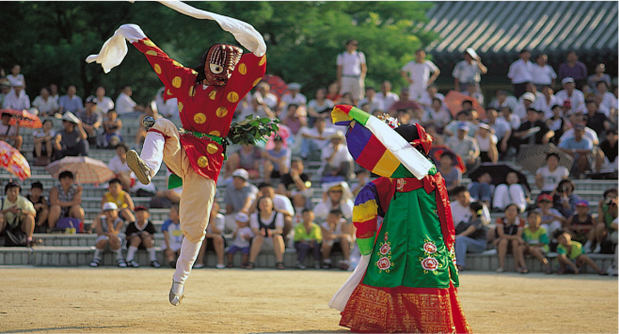
Korean Folk Village
Set in a natural environment occupying approximately 243 acres, visitors can experience the natural atmosphere with over 260 traditional houses reminiscent of the late Joseon Dynasty, including various household goods from different regions. All these features have been relocated and restored to provide visitors with a broad understanding of Korean food, clothing, and housing style of the past. About twenty workshops, various handicrafts such as pottery, baskets, winnows, bamboo wares, wooden wares, paper, brass wares, knots, fans, musical instruments, iron wares and embroidery are practiced. In the Korean Folk Village, where the customs and lifestyles of the past generations have been carefully preserved, various lifestyles prevalent during the Joseon Dynasty can be seen. You can visit the Folk Museum as well as the Art Museum (scheduled to open) to see and learn about the essence of Korean culture and folk customs, which are not suitable for display and re-creating in the open-air setting. Korean Folk Village is also the filming location for the famous movie Scandal as well as the TV miniseries Daejanggeum.
ITINERARY
- Pick up from Coex - Imjingak Park - The Bridge of Freedom - The 3rd Infiltration Tunnel - DMZ Theater & Exhibition Hall - Dora Observatory - Pass by the Unification Village - Drop off at City Hall Area
NOTE
- Inquires minimum 1 person to start the tour
- This is the group tour joining with other groups of people
- Passport is needed on the tour. There aren’t any special dress code.
-
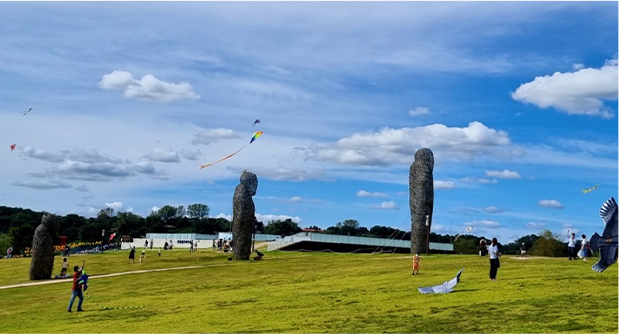
Imjingak Park
This park was built to console the refugees who left North Korea during the Korean War. A train called “the Iron horse wants to run” symbolizes the railway connecting the north and the south that was dismantled during the war. Also, at the park are the following attractions; Mangbaedan, an altar set up for refugees to bow in the direction of their ancestral graveyards; Freedom bridge, which was built to free 12,773 prisoners in 1953; Unification pond, which is in the shape of the Korean Peninsula; and the Peace bell. -
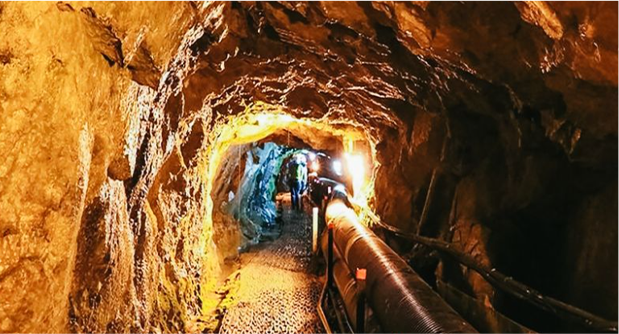
The 3rd Infiltration Tunnel
The 3rd Tunnel was discovered on October 17, 1978. It is located 52km from Seoul. Approximately 10,000 soldiers can move through this tunnel in 1 hour. When this tunnel was discovered, North Koreans insisted steadfastly that it was made by South Koreans to invade North Korea, but this proved to be false. -
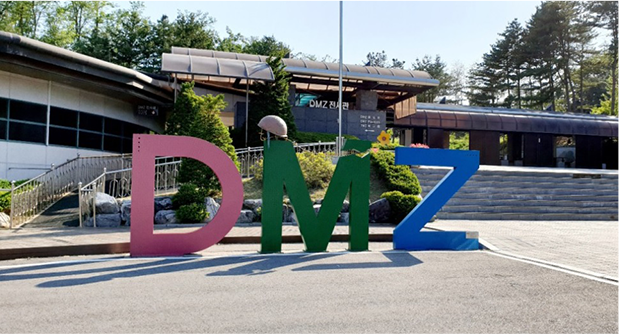
Dora Observatory
Built in 1986, this is the only place in South Korea where you have a clear view of Geaseong city, the third biggest city in North Korea. You can observe two flags, a propaganda village, Geaseong industrial complex, and one of the statues of Kim Il Sung.
What’s Around COEX?
-
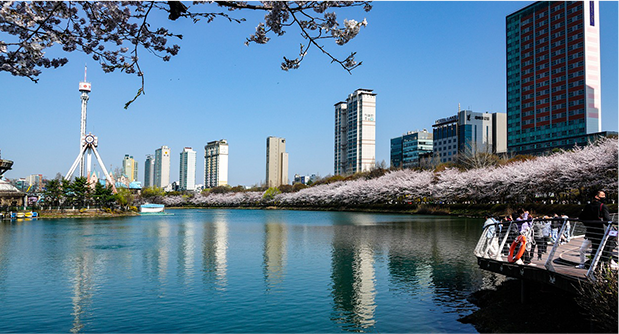
Seokchon Lake
Seokchon Lake Park is a beloved retreat for Seoulites. The park is split into West Lake and East Lake, and while strolling around, visitors can enjoy a variety of landscapes, including Lotte World Adventure, Cafe Street, and Bangi-dong Food Alley. Notably, every spring, when the cherry blossoms are in full bloom, the park hosts the Seokchon Lake Cherry Blossom Festival.- Address: 230, Seokchonhosu-ro, Songpa-gu, Seoul, Republic of Korea
- How to go: 16 min. Taxi from Coex (KRW 7,300~9,000)
-
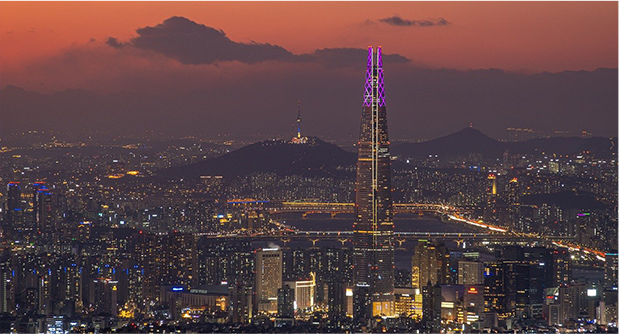
Lotte World Tower
Soaring 555m into the air; with 123 stories, Lotte World Tower is home to Korea's tallest observation deck, (at 500m) Seoul Sky. Korea's newest luxury landmark hotel, Signiel Seoul is also located at Lotte World Tower. Also located in the tower is Podium, a multi-floor, multipurpose space where visitors will find a healthcare center, a fitness center, and a financial center. The Lotte World Mall, a global fashion hub, also calls Lotte World Tower home, and visitors will also be able to shop at Korea's largest urban duty-free store, Lotte Duty Free. Other features include the shopping mall Avenuel, Korea's best urban aquarium, a spectacular classical music hall, and Asia's largest multiplex.- Address: 300 Olympic-ro, Songpa-gu, Seoul
- How to go: 16 min. Taxi from Coex (KRW 8,400~10,000)
-
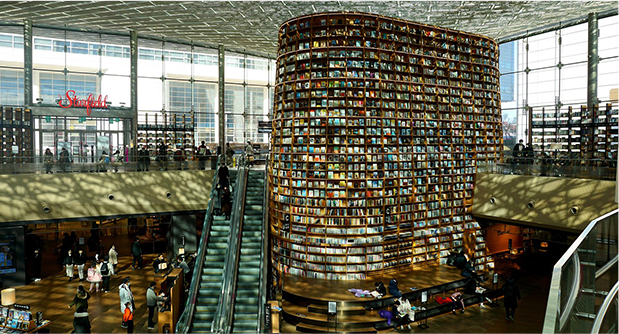
Starfield Library
Starfield Library is an open public space where anyone can freely come to sit down, take a break, and immerse themselves in books along with other bibliophiles. A wide selection of books in various genres such as humanities, economics, hobbies, etc. are readily available. Whole sections of the library are dedicated to foreign books and famous authors. iPads can be used to read e-books. In addition, a plethora of events take place here such as meeting with authors, book talks, poetry reading, lectures, book concerts, and more.- Address: Seoul, Gangnam-gu, Yeongdong-daero, 513
- How to go: Go down to the B1 of Starfield Coex Mall
-
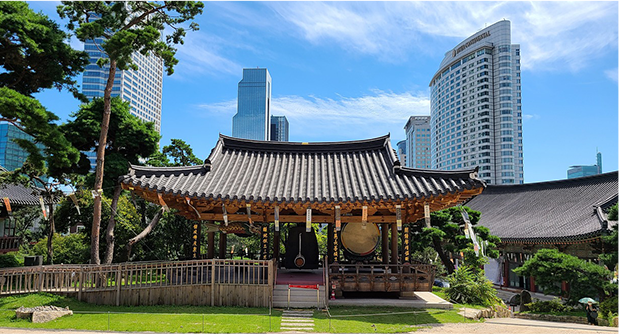
Bongeunsa Temple
Bongeunsa is a Buddhist temple founded in 794 during the Silla (one of the Three Kingdoms of Korea) period. The temple has more than 1,000 years of history and has many interesting historic and cultural features, including woodblock carvings of the Avatamsaka Sutra (Flower Garland Sutra). The temple is also a very popular tourist destination, offering various programs relating to traditional Korean Buddhist culture, in a variety of languages.- Address: 531, Bongeunsa-ro, Gangnam-gu, Seoul, Korea Republic of Korea
- How to go: 3 min. walk from Coex.
-
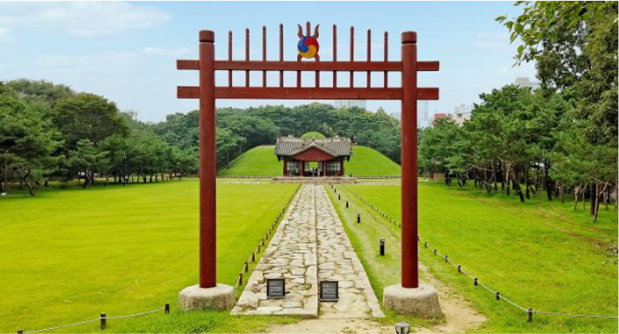
Seolleung and Jeongneung
Seonjeongneung is the name of Seolleung and Jeongneung combined, and it refers to the royal tombs of King Seongjong (the 9th king of the Joseon Dynasty), Queen Jeonghyeon (the second wife of King Seongjong) and King Jungjong (a son of the two). Seonjeongneung was designated as a UNESCO World Heritage site in 2009, enhancing its status as historic remains. It is easily accessible as it is situated close to Seolleung Station, Subway Line 2. It makes an ideal place for the public to enjoy a stroll.- Address: 580, Seolleung-ro, Gangnam-gu, Seoul, Republic of Korea
- How to go: 6 min. Taxi from Coex (KRW 4,800) or 18 min. walk from Coex.
-
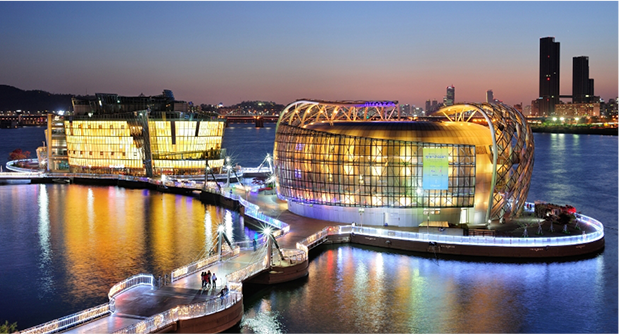
Sevit Island
Some Sevit is a culture complex made up of three man-made floating islands near the southern end of Banpo Bridge. The islands were created with the theme of "flowers of the Hangang River" and represent the view, life, and the earth, as well as a flower in various stages of life. Chaebitseom (“chavit”), Solbitseom (“solvit”), and Gabitseom (“gavit”)—are expressed as beautiful structures that enhance the landscape of the Hangang River and Seoul, the capital of Korea. The later-built Yebitseom (“yevit”) was added to Sebitseom Island to now comprise four islets in total.- Address: 2085-14, Olympic-daero, Seocho-gu, Seoul, Republic of Korea
- How to go: 17 ~ 27 min. Taxi from Coex (KRW 10,700 ~ KRW 13,000)
Seoul City Tour Bus
Enjoy Your Trip with Seoul City Tour Bus!!
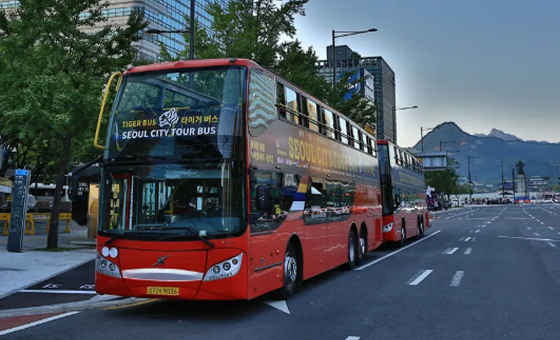
-

Audio Guide
-

Free Wifi
-

Open-top
Single-decker Bus -

Open-top
Double-decker Bus -
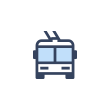
Trolley Bus
AFSUMB 2024 Download Center
- Download
Center -
1st Announcement
 2nd Announcement
2nd Announcement AFSUMB 2024 Promotional Slide
AFSUMB 2024 Promotional Slide

 Home
Home Login
Login Program
Program Download
Download



